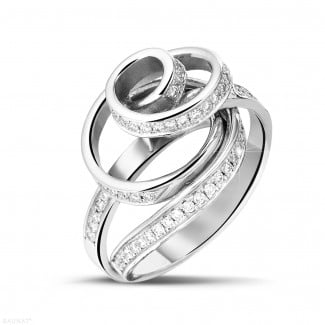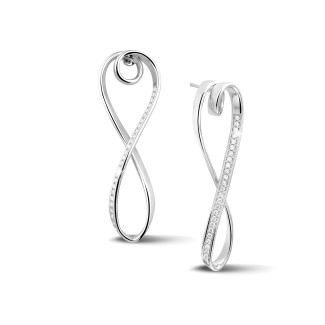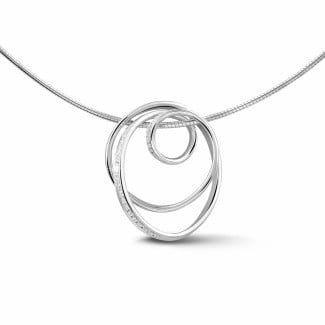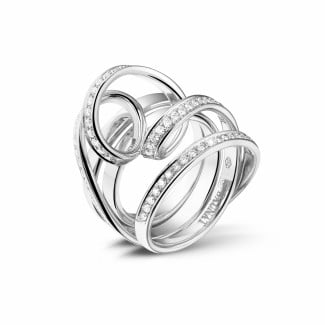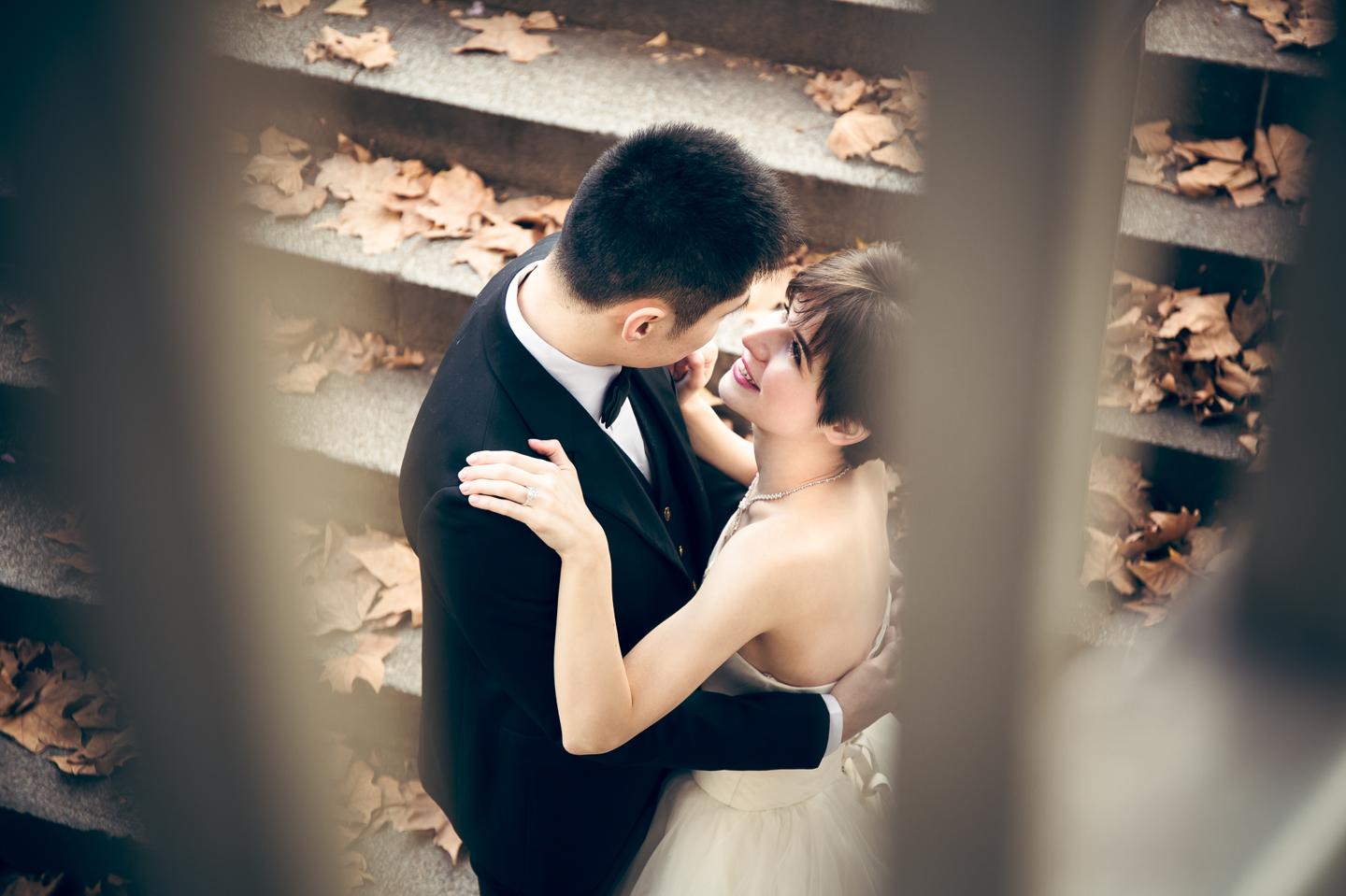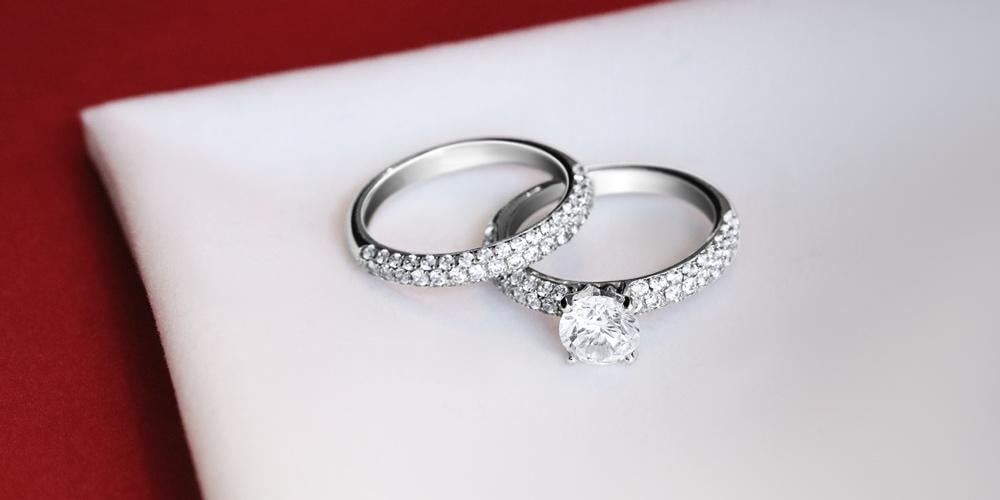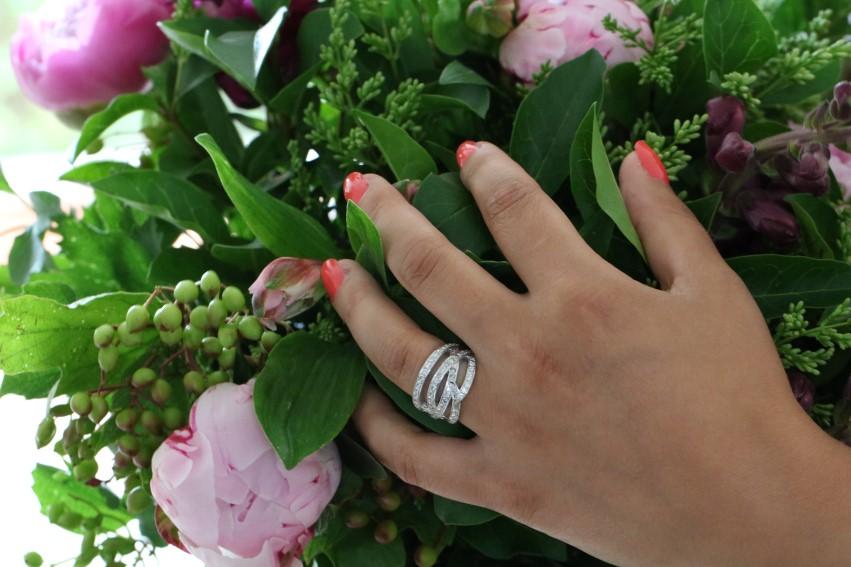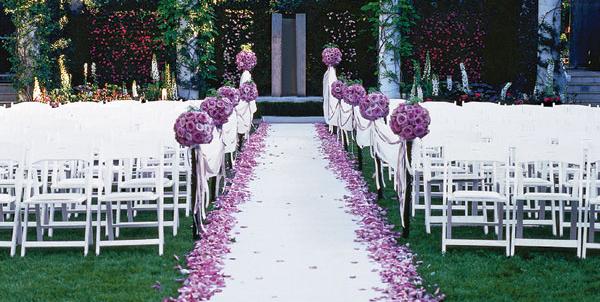Inspirational insights
Blogs in the spotlight
- How do I buy the perfect diamond ring?
- Choosing the perfect wedding ring
- Buying an engagement ring: expert tips & tricks
- Which earrings are the right ones for you?
- How to choose the perfect diamond bracelet?
- How to choose a necklace for ladies?
- Take your time in choosing your watch
- What's the right jewellery for each occasion?
- Why buy diamond jewellery online?
- A guide to building up your jewellery collection
- What types of precious metals are there?
- What types of precious metals are there?
- Jewellery trends and innovations in 2020
- What sorts of diamond setting are there?
- Where does the tiara come from?
- What is the difference between a tiara, a diadem and a headband?
- What should I mind when choosing a tiara with jewels and diamonds?
Following in the footsteps of glamorous and regal brides like Meghan Markle and Kate Middleton, many brides dream of finishing their wedding day appearance with a lavish tiara adorned with jewels and diamonds. Since they exist in many shapes and sizes, most every bride will be able to find one to her tastes. But where does the tiara come from? How is it different from other hair jewellery?
Most viewed diamond jewels
Where does the tiara come from?
Although the exact origins of the tiara are unknown, the use of them stems from at least as early as the 9th century in ancient Persia, where they were used to denote the status and wealth of Persian kings. The ancient Greeks and Romans used similar headdresses, mostly inspired on laurel wreaths. As their empires declined, however, so did the common use of tiaras. They, however, made a comeback with the classic revival of the 18th century. Since their revival, they have hardly ever been worn by men and are now a mostly female jewellery type.
Although tiaras have mostly been associated with royalty throughout the years, their use for non-royals, especially for weddings, has been steadily increasing since the beginning of the 21st century.
What is the difference between a tiara, a diadem and a headband?
Tiaras stand upright on the front of the head and are semi-circular. They are reminiscent of crowns and exude a mostly formal atmosphere. Diadems and headbands are far more similar to each other than to tiaras, in that they are both fully circular and worn flat on the head instead of standing upright. Moreover, they can both be worn either placed on the forehead, hidden away inside the hear or around the head on top of the hair. The main difference between the two is that headbands usually consist of flexible material such as fabric, even when they are adorned with jewels and diamonds.
Diadems, on the other hand, are usually composed mainly from precious metals and are rigid as a result. To heighten the wearing comfort of such a rigid head piece, the metal often only forms a semi-circle, with fabric or ribbon attached to create the full circle and tie the piece together. Headbands and diadems are far less formal than tiaras.
What should I mind when choosing a tiara with jewels and diamonds?
When choosing a tiara to wear on your wedding day, many factors come into play. Firstly, make sure that your dress is suited for a tiara. For both of them to work together, they need to give each other space. Large, ornate and sparkling dresses tend to do better with subtle headbands and diadems than with tiaras, which are always a statement in and of their own. Moreover, the tiara should also match the rest of your bridal set. They are easily combined with subtle and toned-down jewels and diamonds. If you prefer wearing large diamonds earrings and necklaces, then avoid tiaras as all of them combined will make your elegant bridal look a little loud. Is your tiara your absolute priority? Then feel free to pick out the perfect piece first and create the rest of your bridal look around it.
Where can I have the tiara of my dreams made? Which types of jewels and diamonds go best with the look I have in mind? Contact the diamond jewellery experts at BAUNAT for your perfect wedding day headdress.

Fabienne Rauw
- BAUNAT Antwerp
- My Linkedin profile - Contact me
 Design collections
Design collections Stackable Rings
Stackable Rings Ruby, sapphire & emerald
Ruby, sapphire & emerald Bestsellers
Bestsellers New arrivals
New arrivals Watches
Watches Cufflinks
Cufflinks Rings for men
Rings for men Diamond
Diamond Sapphire
Sapphire Ruby
Ruby Emerald
Emerald Yellow diamond
Yellow diamond Black diamond
Black diamond
 Diamond rings
Diamond rings Sapphire rings
Sapphire rings Ruby rings
Ruby rings Emerald rings
Emerald rings Yellow diamond rings
Yellow diamond rings Black diamond rings
Black diamond rings
 Stackable rings
Stackable rings Cocktail rings
Cocktail rings Rings for men
Rings for men Bestsellers
Bestsellers Diamond rings
Diamond rings Sapphire rings
Sapphire rings Ruby rings
Ruby rings Emerald rings
Emerald rings Yellow diamond rings
Yellow diamond rings Black diamond rings
Black diamond rings
 Solitaire
Solitaire Dangle
Dangle Diamond earrings
Diamond earrings Sapphire earrings
Sapphire earrings Yellow diamond earrings
Yellow diamond earrings Black diamond earrings
Black diamond earrings
 Solitaire
Solitaire 3 stones
3 stones Halo
Halo Gradient
Gradient Diamond necklaces
Diamond necklaces Sapphire necklaces
Sapphire necklaces Yellow diamond necklaces
Yellow diamond necklaces Black diamond necklaces
Black diamond necklaces
 Gradient
Gradient White gold
White gold Yellow gold
Yellow gold Red gold
Red gold Platinum
Platinum Diamond bracelets
Diamond bracelets Yellow diamond bracelets
Yellow diamond bracelets Black diamond bracelets
Black diamond bracelets
 View watches
View watches View watches
View watches Swiss Made
Swiss Made Swiss Collection limited edition
Swiss Collection limited edition Manufacturing process
Manufacturing process Manual or Automatic watch
Manual or Automatic watch Sapphire or mineral glass
Sapphire or mineral glass
 Rings
Rings Necklaces
Necklaces Bracelets
Bracelets Sapphire
Sapphire
 Engagement rings
Engagement rings Earrings
Earrings Necklaces
Necklaces Bracelets
Bracelets

